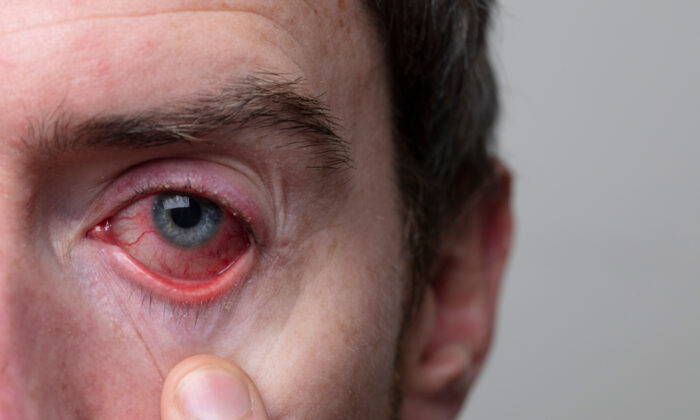BY
It can damage your vision, be harmful during pregnancy and may not initially cause symptoms. Take these steps to prevent infection, and greater care if you are pregnant.
STORY AT-A-GLANCE
- Toxoplasma gondii is the parasite responsible for the infection toxoplasmosis. If the parasite reaches the retina, it causes ocular toxoplasmosis, with symptoms including lesions on the retina, blurry vision and possible vision loss
- The Busselton Health Aging Study showed that 66% of Australians are likely infected and 0.67% have symptoms of ocular toxoplasmosis, which is the leading cause of uveitis worldwide and a common reason for vision loss after an intraocular infection
- All cats are the definitive host for the parasite, passing it in their feces after eating an infected small animal. One cat can shed millions of oocysts, exposing other livestock, animals and humans to the parasite
- An infection in the six months before pregnancy, or during pregnancy, can have serious consequences, including preterm birth, stillbirth and miscarriage. Congenital infection can also lead to brain, liver and eye damage
- Most adults do not have symptoms directly after infection, but vision loss can happen up to 20 to 40 years later. Prevent infection by wearing gloves outside, avoid eating raw or partially cooked meat, raw goat’s milk, raw eggs or cured meat, and wash your hands carefully after working in the garden, handling fresh produce or raw meat
Toxoplasma gondii is a parasite and responsible for the infection toxoplasmosis. A study[1] published in May 2022 found that the prevalence of eye infections caused by the parasite is common in Australian adults. The parasite is known to cause infection globally in a wide variety of birds, mammals and humans.
A parasite is a living organism that requires a host from which it gets its food and nutrients.[2] There are three classes of parasites that can affect humans, including protozoa, helminths and ectoparasites. Protozoans are one-celled organisms that multiply in humans and can develop into serious infections.
Helminths are multicelled organisms that can be seen by the naked eye in the adult stage. These include flatworms, thorny-headed worms and roundworms. Ectoparasites are blood-sucking arthropods such as ticks, lice, mites and fleas. According to the CDC,[3] malaria is globally responsible for more deaths than any other parasitic disease.





